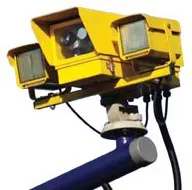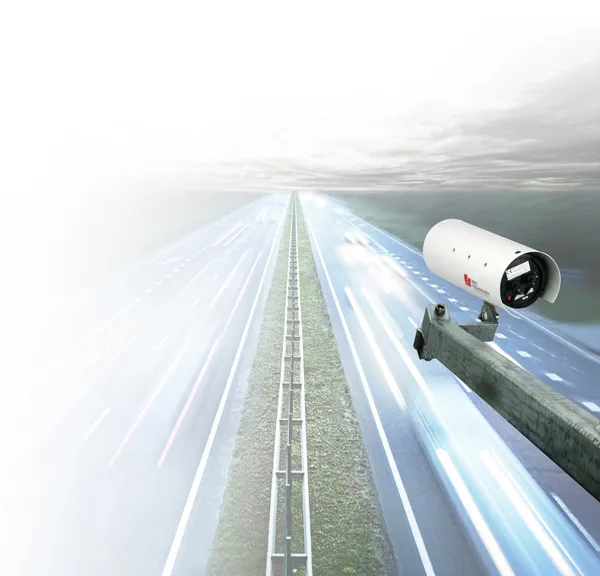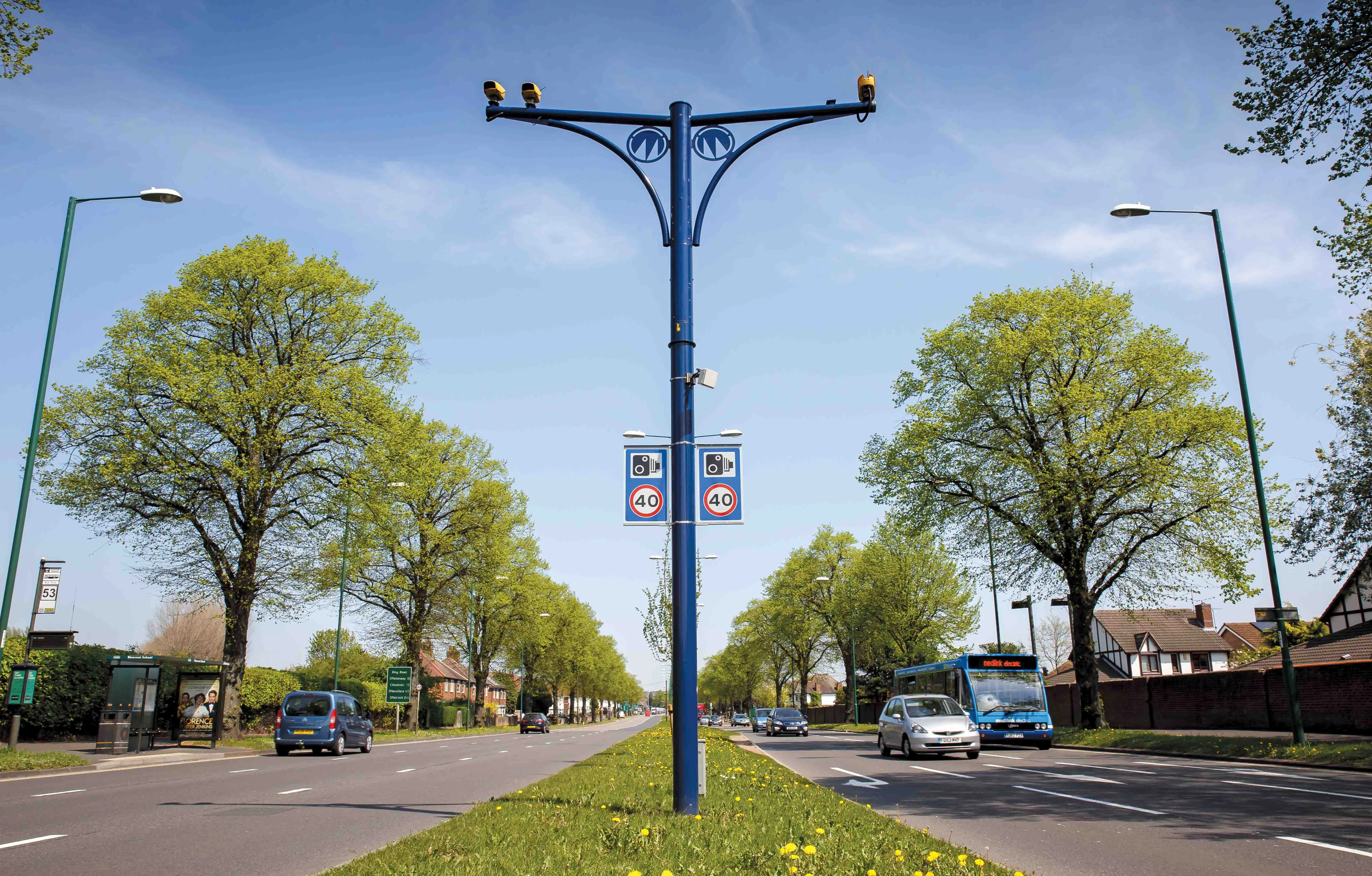The new generation SPECS3 average speed enforcement system offers key improvements over earlier generation units. This package is said to help reduce congestion, emissions and achieve high speed compliance rates, boosting traffic safety. The system has now successfully completed the technical testing phase for the UK's Home Office Type Approval (HOTA) and looks likely to be accepted in other European countries. It has been recommended for full HOTA by the Roads Policing Enforcement Technology (RPET) committ
July 9, 2012
Read time: 2 mins

The new generation SPECS3 average speed enforcement system offers key improvements over earlier generation units. This package is said to help reduce congestion, emissions and achieve high speed compliance rates, boosting traffic safety. The system has now successfully completed the technical testing phase for the UK's Home Office Type Approval (HOTA) and looks likely to be accepted in other European countries. It has been recommended for full HOTA by the Roads Policing Enforcement Technology (RPET) committee and is expected to be fully enforceable shortly. This will allow local and highway authorities to use roadside enforcement solutions. By applying the benefits of SPECS to a distributed network of cameras, casualties, collisions, congestion and emissions can be controlled according to the manufacturer, Speed Check Services.
Each SPECS3 camera acts as a network node, allowing cameras to communicate back to a remote central unit. This system allows greater versatility and at a lower cost than previous generation units from the firm. The system can be used in urban networks, rural roads and highway applications where there is a perceived need to monitor speed.
There are several key features and each unit can act as an entry or an exit camera; the units can record high quality offence images night or day and all offence data is collected remotely. In addition, journeys can be calculated between any valid cameras, forward or rear facing links can be configured and any lane entry to any lane exit can be monitored. The units can be used for enforcement distances from 250m to 20km or more and the cameras do not require loops, strips, radar or lasers to trigger the system
Each SPECS3 camera acts as a network node, allowing cameras to communicate back to a remote central unit. This system allows greater versatility and at a lower cost than previous generation units from the firm. The system can be used in urban networks, rural roads and highway applications where there is a perceived need to monitor speed.
There are several key features and each unit can act as an entry or an exit camera; the units can record high quality offence images night or day and all offence data is collected remotely. In addition, journeys can be calculated between any valid cameras, forward or rear facing links can be configured and any lane entry to any lane exit can be monitored. The units can be used for enforcement distances from 250m to 20km or more and the cameras do not require loops, strips, radar or lasers to trigger the system







